June 6th, 2021
Today is a full transit day with a day of catching up and enjoying the sun for our science crew. This is the perfect opportunity to take time to highlight one of the incredible vehicles we are using on board for science: Sentry.
Sentry is an Autonomous Underwater Vehicle (AUV) that’s a member of the Woods Hole Oceanographic Institute (WHOI) National Deep Submergence Facility (NDSF). Sentry first launched in 2006 and can dive as deep as 4,500 meters. This vehicle works completely independently once deployed from the vessel, following a predetermined mission, and consistently communicates with the Sentry team on board. We have attached the SyPRID (Sentry Precision Robotic Impellor-Driven) sampler that allows Sentry to control discrete plankton collections at target sites. These samplers funnel water, collecting larvae within a mesh net and consolidating at the end of the tube into a container for us to sort though, as we’ve talked about many times!
Sentry does not always work with SyPRID. Sentry is most commonly used for seafloor mapping and sonar projects all over the ocean. For example, Sentry has worked nearby to Washington, mapping seafloor features on the Juan de Fuca tectonic plate using its onboard multibeam sonar.
How Does Sentry Work?
As an AUV, Sentry is given a mission before each dive that contains lines of code telling Sentry where to go, what to expect, and a timeline for the dive. The expedition leader works with the science leads to create maps and plans for sampling. With four rotating fins each with a propeller, Sentry has a wide range of motion that allows it to traverse the deep sea. Throughout each dive, Sentry communicates with the vessel using an Ultra Short Base Line (USBL) system and a WHOI Micromodem for acoustic communication. Sentry sends acoustic messages (“squawks”) relaying data relating to position, velocities, charge, and error messages to a receiver, the USBL pole, that sticks through the ship from the deck to under the vessel (you can hear these squawks from the ship!). Sentry also has a camera on the underside with a strobe that takes pictures consistently throughout the dive, which are retrievable once recovered. Sentry follows a rectangular path back and forth, “mowing the lawn” around sample sites, and when ready to surface, follows a denser path to provide an accurate resurfacing location where the research vessel may retrieve it.
What Does the Sentry Team Do on Board?
Before deployment the Sentry team does a deck test – making sure all the fins and propellers are moving properly, the SyPRID collectors open and close, verify times are synched, acoustic communications are working. In addition, before deployment, the new mission is uploaded to Sentry, the navigation system is set up, weights are attached, and data from the last dive is extracted and cleared. Once checked, the Sentry team detaches all cords, pulls off covers, and makes sure Sentry is ready to be in the water. Then, with the ship’s crew, Sentry is hoisted off the deck with a crane, ropes and taglines, and expertly transferred into the ocean. During deployment, the Sentry team has 4-hour shifts watching and communicating with the AUV. During these shifts the watch listens to Sentry and notes positions and velocities regularly, while staying alert for error messages and ensuring systems are working properly. While Sentry drives itself, manual movements can be inputted including slight changes in positions, noting areas to avoid, or when to abort the missions and resurface. Once resurfaced the team helps recover Sentry on board, unload the SyPRID samplers, ensures Sentry is supported properly, and conducts another deck test.
How Are We Using Sentry?
On this cruise we have attached the SyPRID samplers that allow us to take plankton samples at different depths on and off-site. Sentry takes two samples per dive, one just above the bottom, and another at a predetermined depth. We conduct two Sentry deployments per site, one on-site and one off-site to compare larval compositions near our seep sites to a control. Sentry has been programmed to open one of the SyPRID samplers, “plankzookas” at each depth, which closes before moving to the next depth. This ensures we have an accurate sampling of only the target depth and site.
Meet the Crew
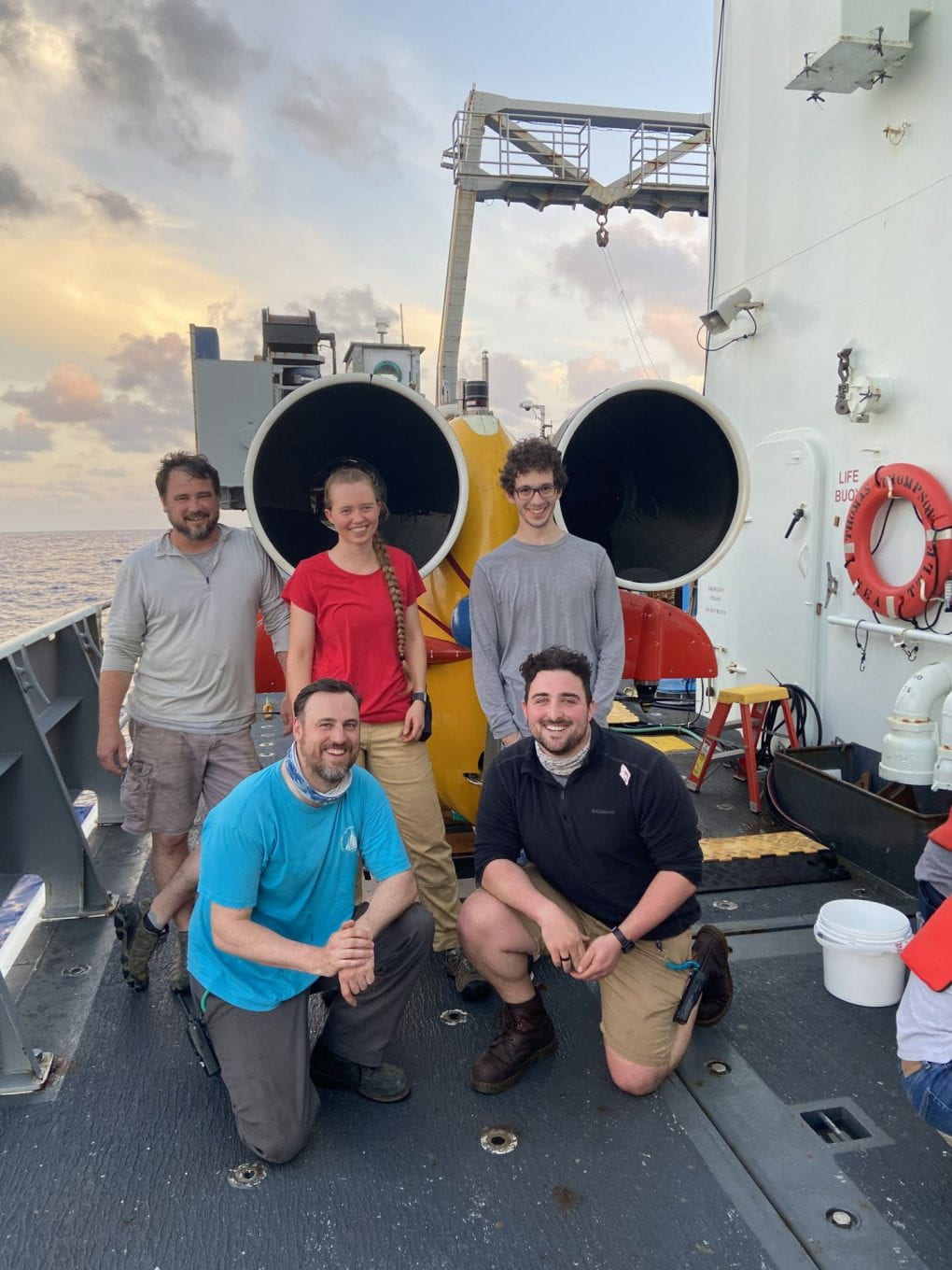
Top Row: Mike Skowronski, Amanda Sutherland, Joe Garcia. Bottom Row: Sean Kelley, Isaac Vandor
Mike Skowronski
Jack of all trades for Sentry, assisting with mechanics, software, electronics, or where necessary with the team. He studied optical physics and quantum mechanics at Concordia University in Montreal. Mike was an organic farmer before working at WHOI, where he has been an Alvin pilot, works occasionally with Sentry and Jason, and works various engineering jobs around the institute.
Amanda Sutherland
Mechanical engineer for Sentry, studied engineering with a concentration in robotics at Olin College of Engineering. Amanda interned with Bluefin Robotics in college where she worked with other AUVs. She joined the team in 2020 after growing up in Boston and being familiar with the marine robotic work of WHOI.
Joe Garcia
Software engineer for Sentry, studied engineering physics with a concentration in electrical and computer engineering at the University of Maine. Joe previously worked in private sector robotics and joined the team in 2020 after an interest in WHOI with Alvin’s assisted discovery of the Titanic.
Sean Kelley
Sentry program manager and expedition leader. In addition to leading the operations of Sentry for science missions, Sean also manages operations support, hiring, budgeting, engineering projects for upgrading Sentry, as well as teams of engineers. Sean studied electrical engineering at Wentworth Institute of Technology. After graduating Sean spent time working on electric light rail trains in Boston and joined WHOI during the Alvin overhaul in 05/06 and clocked in over 100 dives as an Alvin pilot. He joined the Sentry team in 2014 and took on his current role in 2019.
Isaac Vandor
Software engineer for Sentry, studied robotics at Olin College of Engineering where he focused on marine robotics projects. He interned with the Naval Undersea Warfare Center in Newport, RI, and joined Sentry right out of college in 2019.
We love Sentry and their team, not only for assisting with our scientific endeavors and being fantastic lab mates, but also for allowing us to personally interact with Sentry. Sentry usually adds characters to the sides of Sentry using electrical tape, and the team allowed us to get involved on this cruise! As the glorious SyPRID plankton collector is named after the barnacle cyprid larva, we decided to decorate Sentry with larvae! Flip through our process here and the finished product! Sean ended up making the cyprid, while our team created the pluteus, bathymodiolus, and pelagosphera depictions.

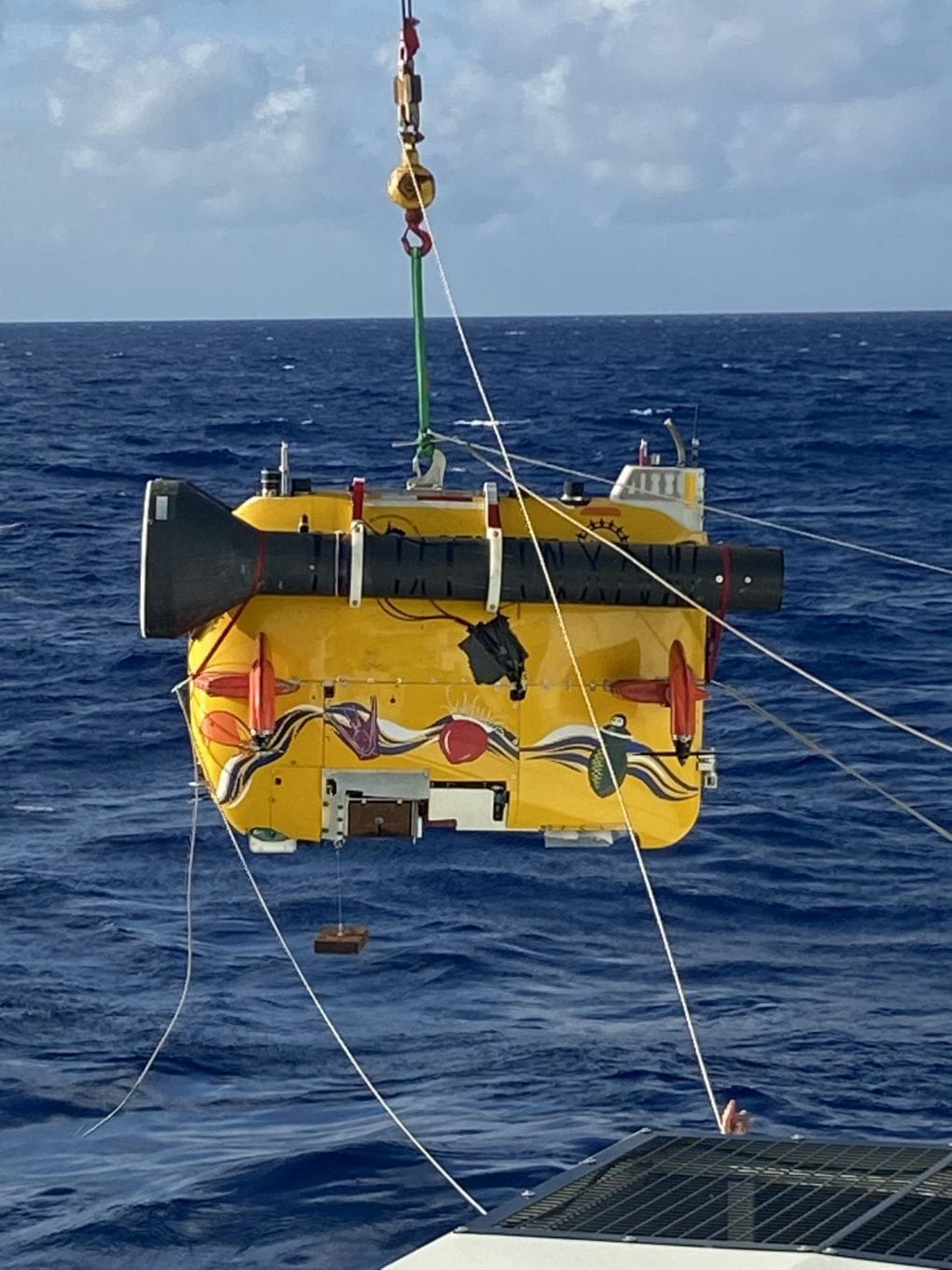
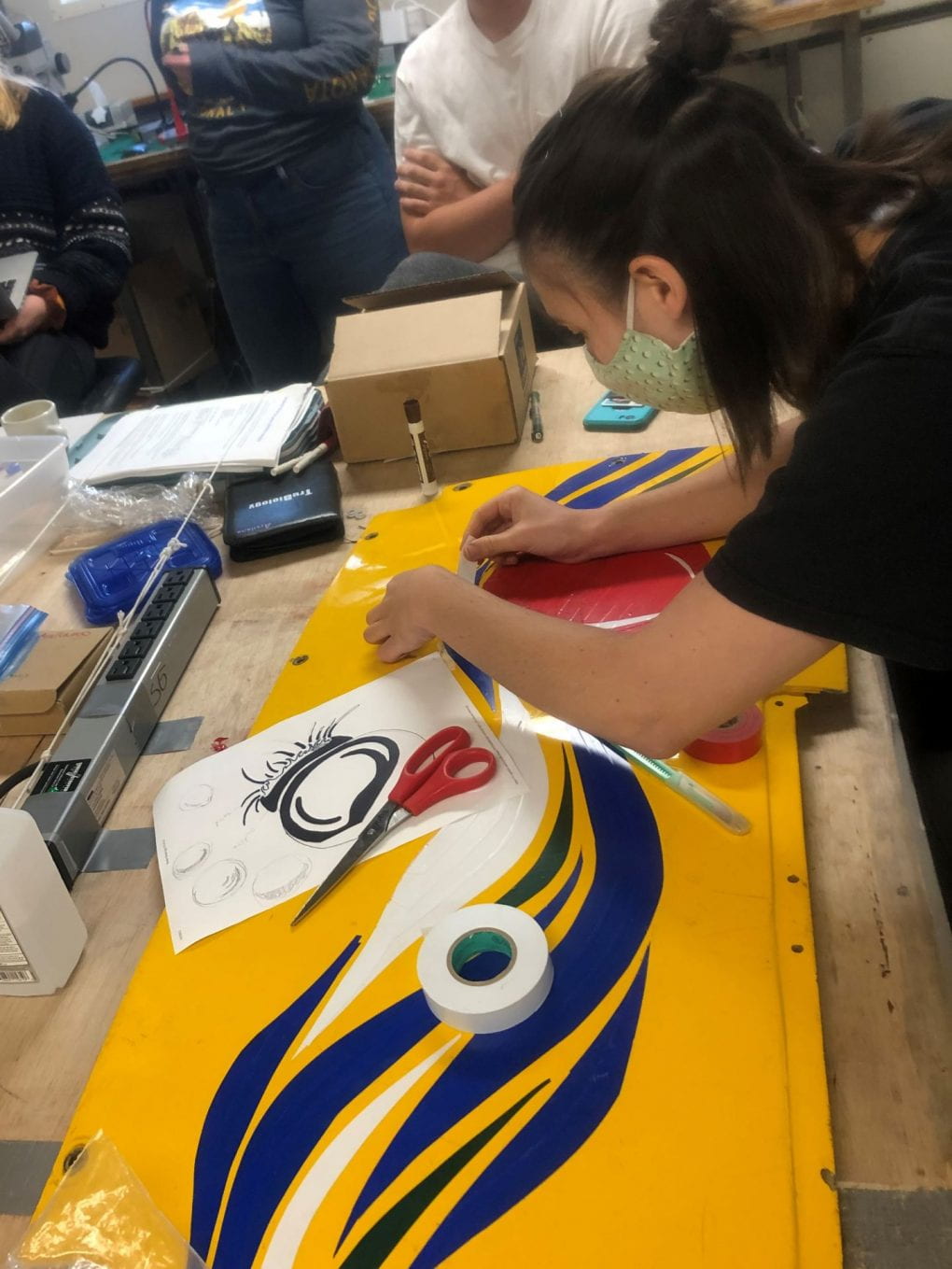
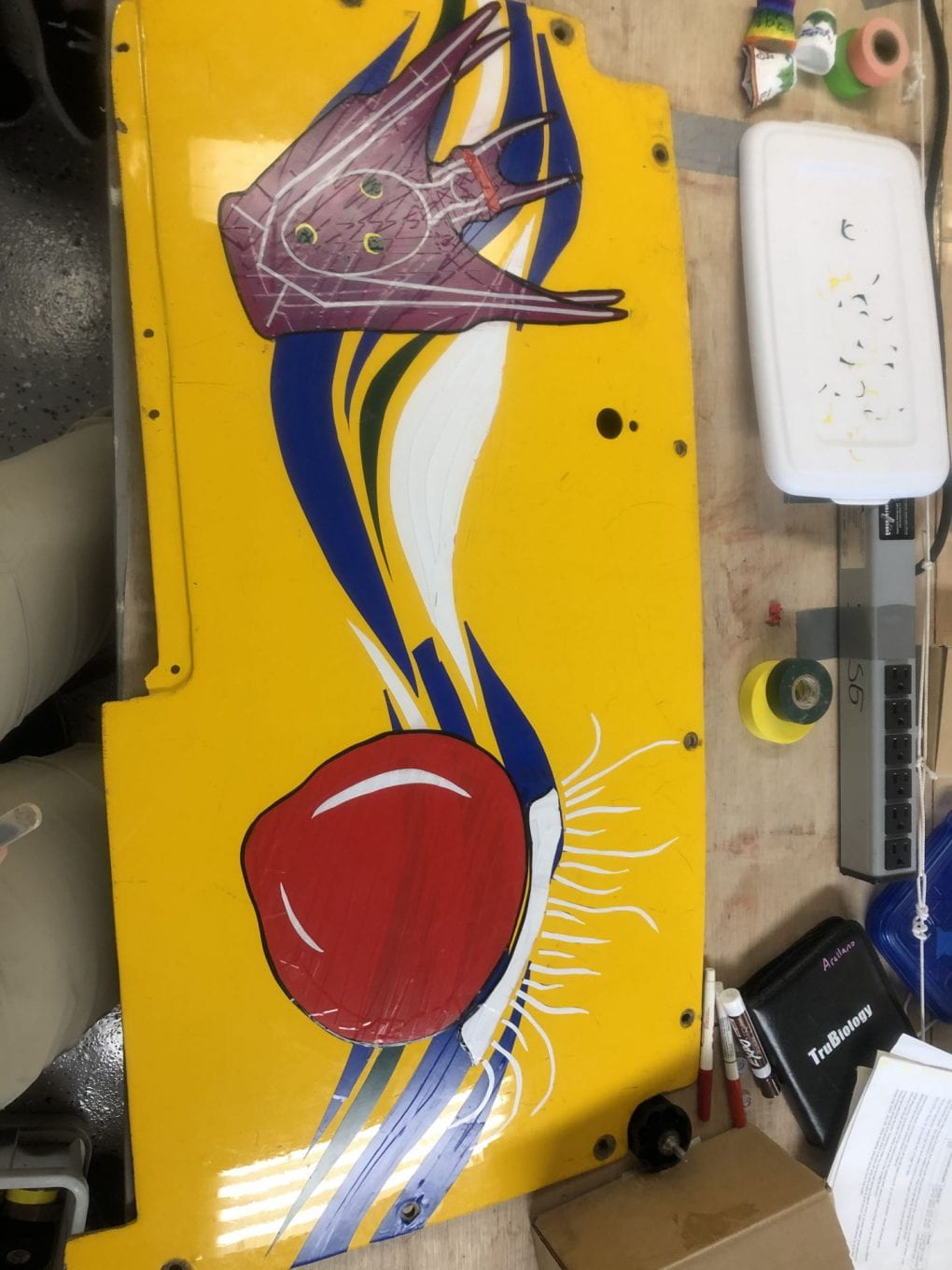
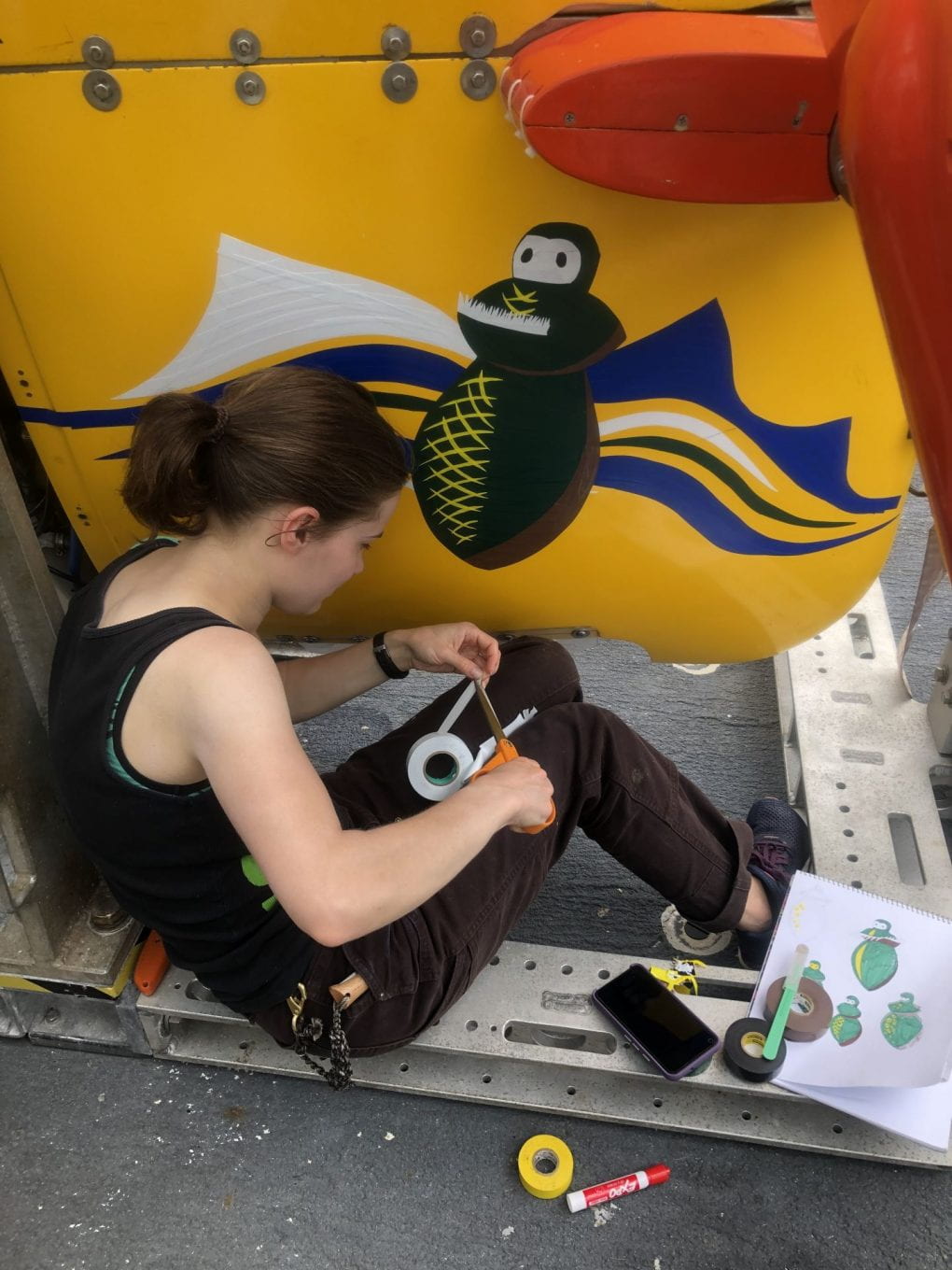
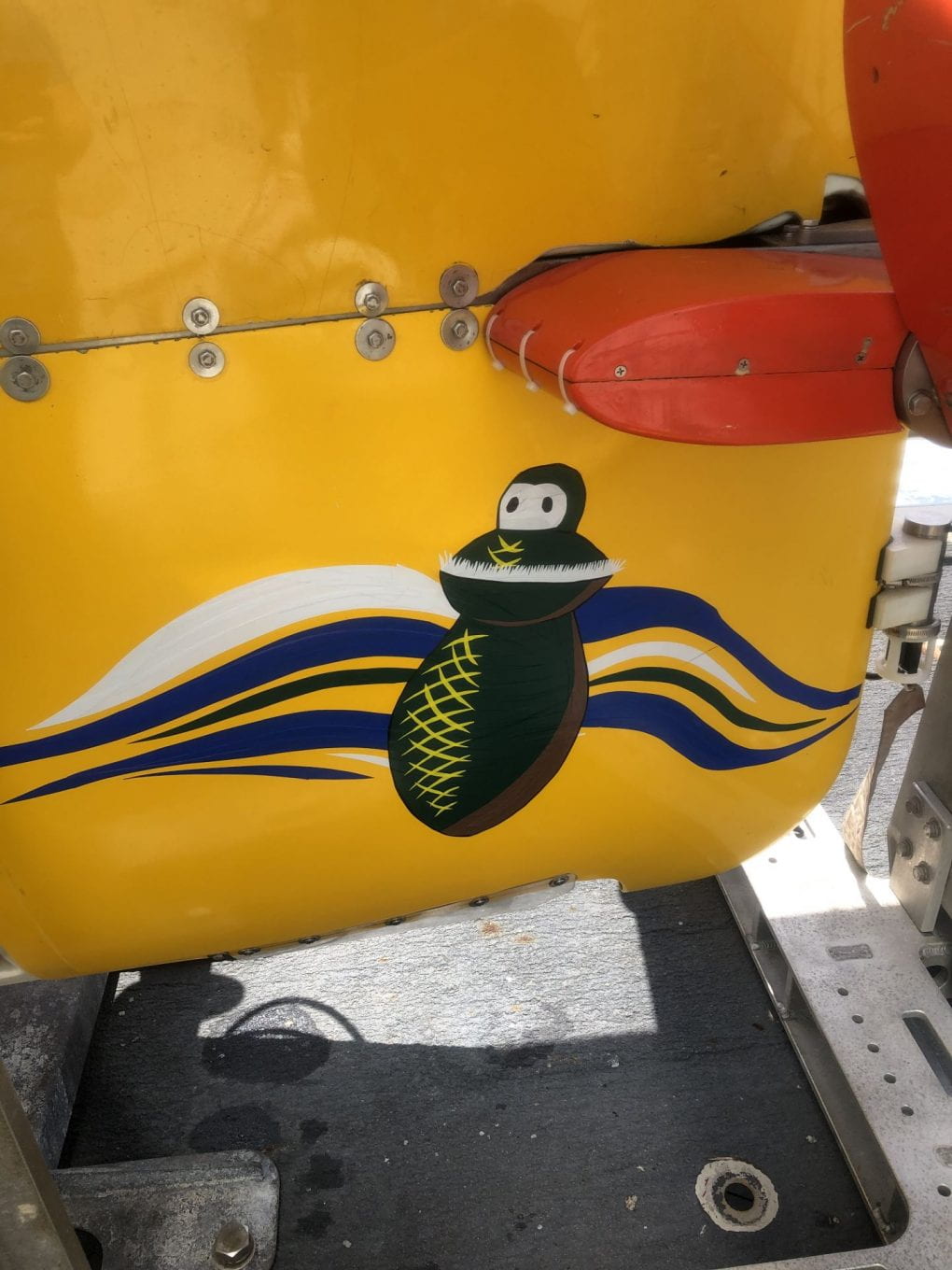
I have read your article. And your post provided me with a wealth of useful knowledge. I’ll now advise you to wear this Saltburn Barry Keoghan Leaf Embroidery Jacket while we discuss fashion this winter.
Success made simple! Find everything for your academic journey in our supportive space that breaks the mold of traditional learning.”